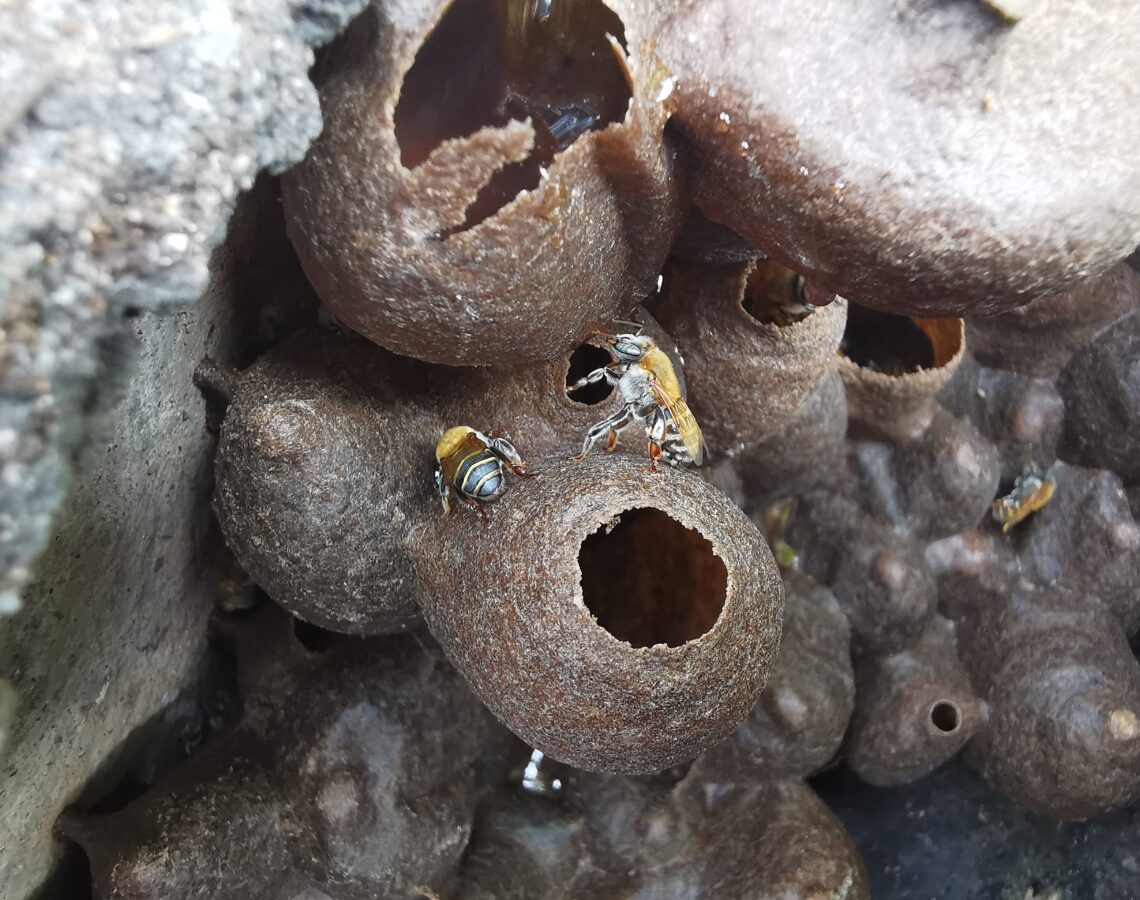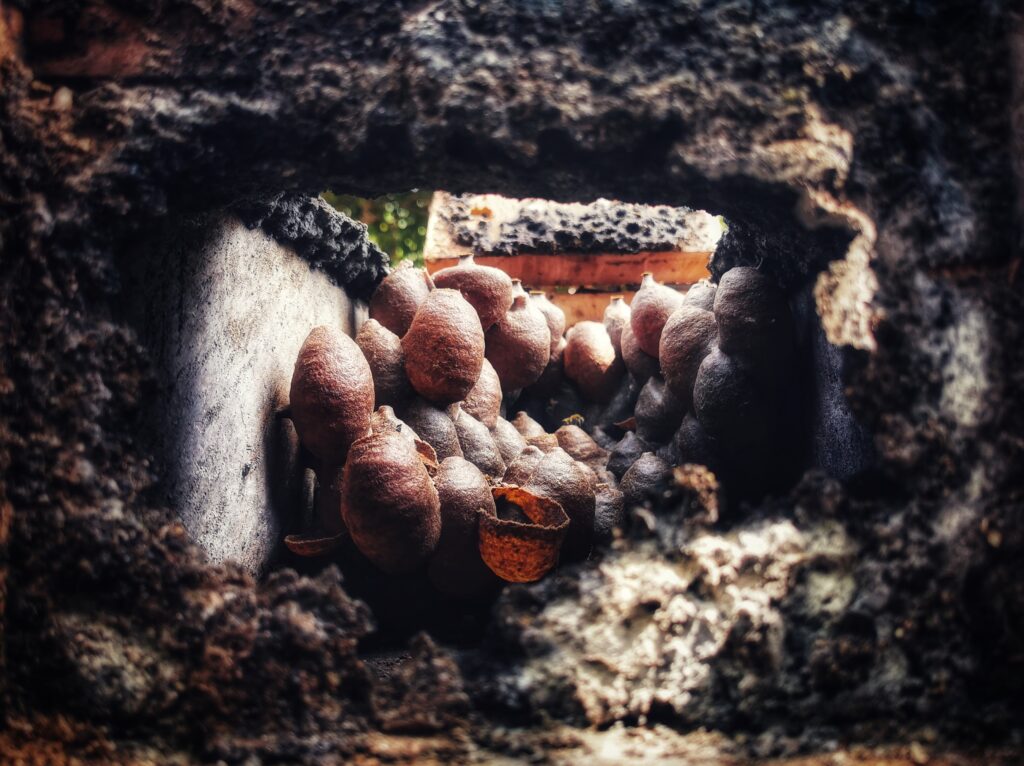Stingless Bees of the Latin Americas

Guest post by Klaus Lambour the founder of Mielenaria, a business dedicated to the conservation of the Meliponini bees of Guatemala thru the fair sale of their honey.
The world of beekeeping is far larger than many realize. Usually when we think of honey and bees our mind jumps straight to the European honey bees (Apis melifera), brought over by colonial settlers in the 1600s. But South and Central America also have hundreds of species of stingless native honey producing bees. These bees are called Meliponini honey bees.
Stingless bees are the original honey bees of continental America and they can be found from Mexico all the way down to Argentina. The vast diversity between these bees is what makes them so special. They range from flesh eating bees like the Brazilian Trigona hypogea, a bee that searches for meat instead of pollen, to the Oxitrigona mediorufa, a bee that defends itself with acid. They each have their own unique ways of producing honey.
The Meliponini bees have a rich history with the indigenous cultures of Latin America. The Xunan Kab (Melipona beecheii) was first domesticated by the Mayan, a bee so important that there are gods and temples dedicated to them. This bee produced the honey that sweetened the food of the ancient Mayan kings and queens and the wax that made the candles that lit their temples and palaces. Their importance is evident in that the last chapter of the Madrid codex is a guide for taking care of these bees and when and how to harvest their honey and wax. Of all the written documents of the Mayans, only three foods: cacao, corn, and honey, were considered important enough to be in the Madrid codex.

These bees also make honey that is very special and unique. The native bees of Guatemala create a very unique kind of honey stored in small wax “pots” made by the bees, instead of in honeycomb. This is because the honey produced by these native bees has a higher concentration of water and instead of crystallizing, it generates a bit of gas as it ages. If the honey was stored in comb, the gas could cause the comb to pop open, spilling the honey. But these native honey bees instead store their honey in wax pots with a tiny hole on top that allows the gas to escape without spilling any honey. Beekeepers can only harvest their honey once a year and their production is considerably less than that of honeybees, as they produce only three liters in one year (equivalent to about ¾ of a gallon.)
————————
This month we are hosting Klaus Lambour, through the Young Leaders of the Americas, a State Department sponsored program that aims to empower entrepreneurs across the Americas. This is Two Hives’ second year participating in the program. Klaus owns Mielenaria, a business dedicated to the conservation of the Meliponini bees of Guatemala. Klaus is currently building the first and only native beekeeping academy and native bee sanctuary in Guatemala. Mielenaria is currently working with four species of native bees and hopes to domesticate six more by 2025. During his tenure with us Klaus will be teaching two classes, sharing his knowledge and experience on the Stingless bees of Guatemala and how his project is helping to protect all the Meliponini bees of Latin America.



Leave a Reply